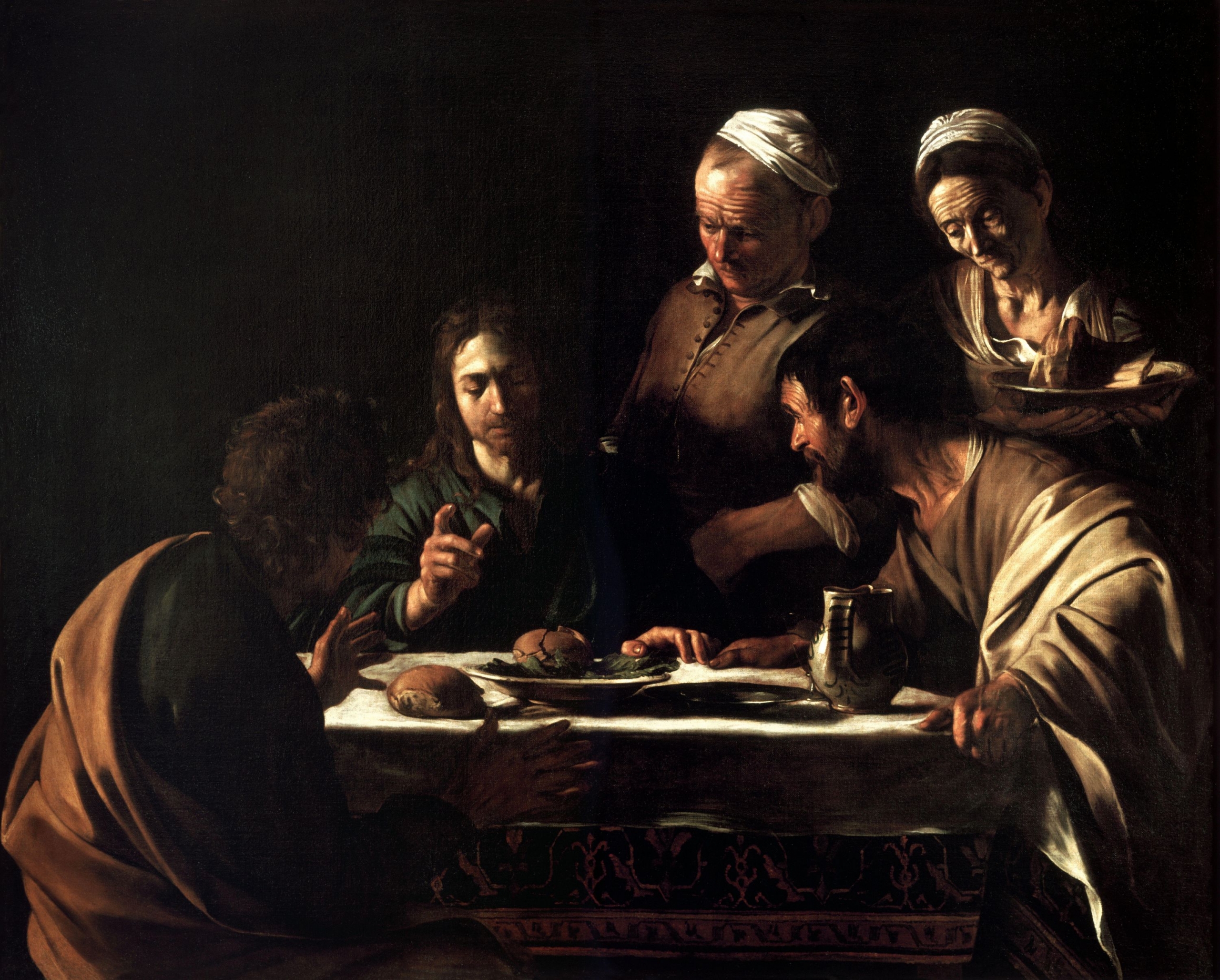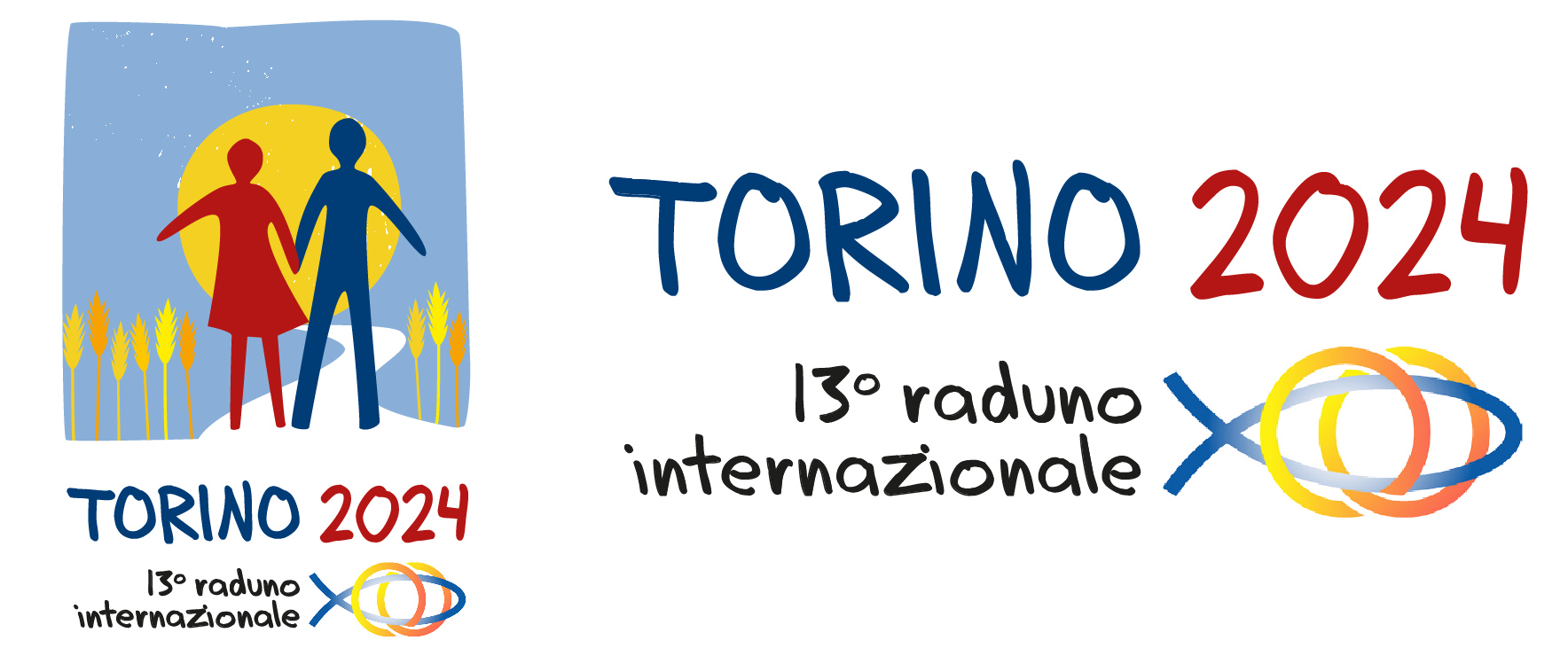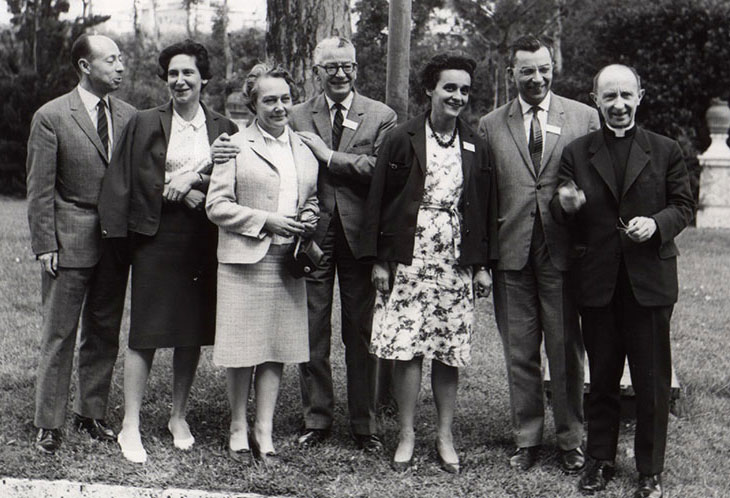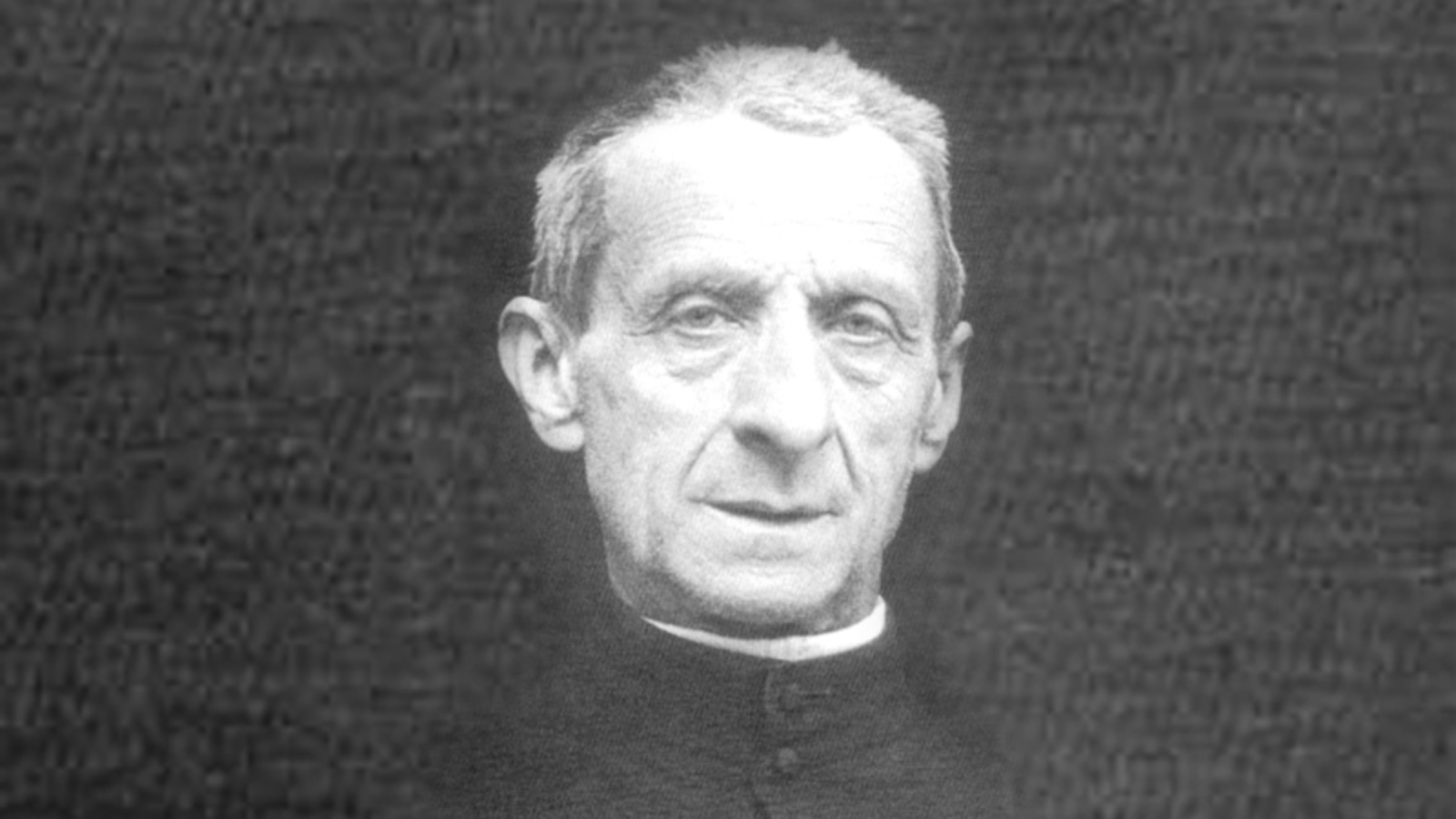Supper at Emmaus, oil on canvas, 141 by 175 cm
Michelangelo Merisi da Caravaggio known as Caravaggio
1606, Milan, Brera Art Gallery
When Caravaggio painted the work Supper at Emmaus he was on the run from Rome to Naples, welcomed into the estate of the Colonna princes. About two months have passed since the brawl in which he was injured and in which he killed a man. Now he is a convicted felon on the run and must leave behind fame, notoriety and prestigious commissions. He also brings with him a deep restlessness, so much so that he is repeatedly involved in fights, injuries, nightclashes and lawsuits.
Caravaggio returns to a theme on which he had already tried his hand four years earlier (Supper at Emmaus, London, National Gallery), but now the tone has become more intimate, the composition essential, the tones earthy, almost monochrome, on a scale of tones from ivory to ochre. In a bare space, shrouded in darkness, five characters emerge, three of whom are seated around a small table covered with a light-coloured tablecloth on which are placed two loaves of bread, two plates and a pitcher. An external light illuminates and almost hits the objects and faces of the characters, causing shadow effects.
Caravaggio chooses to represent the moment when Christ, blessing and breaking the bread, is recognised by the two disciples. It is interesting to note that the disciple on the left, behind whom we are ideally placed, is not recognisable, while his astonishment, wonder and joy are conveyed by his open hand outstretched towards Jesus. The other disciple, in profile, rests his hands on the table and reaches out towards the Lord, as if to question him. The wrinkles and the sunburnt face tell us not only of his struggle to live, but also of the amazement of an encounter capable of overturning perspectives and giving new impetus to existence.
The two characters standing next to Jesus do not appear in the Gospel story, but beyond their role as innkeeper and servant who make the scene more realistic, they represent the way in which one may or may not come into contact with salvation. The man in fact observes perplexed the gestures of the stranger in the act of blessing, he does not understand their significance and wonders about their meaning, but he does not look away, he tries to be present, albeit unaware. The woman on his right, probably a servant intent on serving a plate of meat, is instead closed in on herself and her expressionless gaze is lost in the void. Her hollowed-out, wrinkled, emaciated face shows the signs of a sorrowful, wounded humanity that lives “on the margins” and does not yet know that it has been reached and saved by the glad tidings.
What about us, which character do we feel represented by?
Maria Teresa Lisa Gastaldi, Equipe Chieri 10

Supper at Emmaus, Caravaggio













